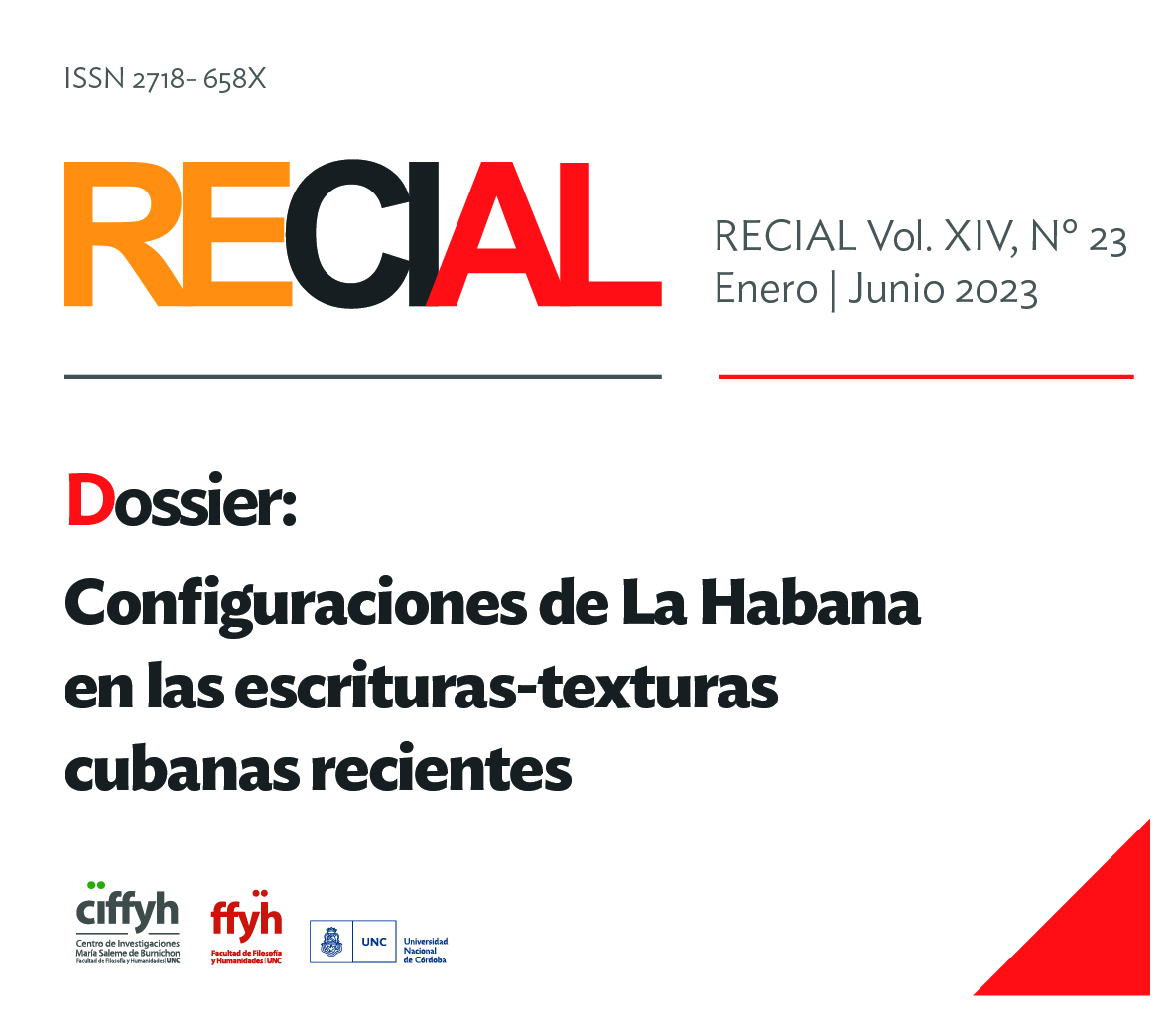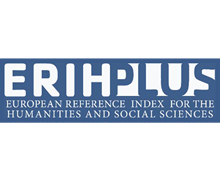From revolutionary Havana to dystopian Havana. Representations of the city in Cuban cinema
DOI:
https://doi.org/10.53971/2718.658x.v14.n23.41697Keywords:
city, space, Cuban cinema, Havana, Cuban RevolutionAbstract
This essay analyzes the representation of Havana in Cuban cinema projects economic and social relations of its inhabitants through time. In doing so, I choose films made at three different moments in the post-1959 context. In this way, my analysis enters a direct dialogue with public policies and strategies for the conservation and development of urban space within the revolutionary period. First, I analyze the representation of Havana in Memorias del subdesarrollo (Tomás Gutiérrez Alea, 1968), where the city functions as a proxy between the revolution and the leading intellectual during the first years of the regime. Then I go over Buscándote Habana (Alina Rodríguez, 2006), a short documentary that explores the marginalized spaces of the city through the testimony of illegal Cuban migrants. Finally, I analyze a dystopian Havana in the fiction short Tundra (José Luis Aparicio, 2021).
Downloads
References
Aparicio Ferrera, José Luis. (Dir.) (2021). Tundra.
Arcos, G. (2022, mayo 2). “Flash back o de cómo el hábito no hace una Revolución”. Recuperado de La Joven Cuba: https://jovencuba.com/flash-back-revolucion/
Baron, G. (2014). “Memorias del subdesarrollo”. In A. M. Stock, World Film Locations: Havana. (p. 34). Chicago: Intellect Books.
Black, Z. (2022). “Correcting the Income Opportunity Gap in Public Schools”. Journal of Youth Scholarship, 9-14.
Domínguez, D. (2011). “Ciudadanías, cuerpos y subjetividades marginales en Memorias del subdesarrollo y El Rey de la Habana”. Revista de Estudios Hispánicos, 45(3), 571-592.
Estrada, A. J. (2008). Havana: Autobiography of a City. Nueva York: Macmillan.
Fowler Calzada, V. (2021). “Neither Farms nor Coffee Plantations: Urban Spaces and Cultural Contours in the Script and on the Screen”. En Lord, Susan y María Caridad Cumaná. The Cinema of Sara Gómez. Reframing the Revolution (pp. 87-122.). Bloomington: Indiana University Press.
Gómez, Sara. (Dir.) (1974). De cierta manera.
Gutiérrez Alea, Tomás. (Dir.) (1968). Memorias del subdesarrollo.
García Yero, O. (2017). Sara Gómez. Un cine diferente. La Habana: Ediciones ICAIC.
Gualy, N. (2012). Reconnecting Cuba’s Waterfront: An Urban Strategy for Post-Revolution Havana, Recuperado de https://digital.lib.washington.edu/researchworks/handle/1773/21897. Tesis Doctoral.
Horan, T. (2018). Desire and Empathy in Twentieth-Century Dystopian Fiction. Charleston: Palgrave.
Kent, J. C. (2019). Aesthetics and the revolutionary city. London: Springer International Publishing.
Lefevre, H. (2013). La producción del espacio. Madrid: Capitán Swing Libros.
Lezcano, W. (2022, Agosto 25). “Tundra no es una película para entender Cuba, sino para sentirla', dice el cineasta José Luis Aparicio”. Recuperado de Diario de Cuba: https://diariodecuba.com/cultura/1661436710_41788.html
Palardy, D. Q. (2018). The Dystopian Imagination in Contemporary Spanish Literature and Film. London: Palgrave Macmillan.
Pérez, Á. (2021, Octubre 17). “Tundra’, arriesgado cortometraje del cubano José Luis Aparicio, tendrá su estreno mundial en Río de Janeiro”. Recuperado de Rialta: https://rialta.org/tundra-arriesgado-cortometraje-del-cubano-jose-luis-aparicio-tendra-su-estreno-mundial-en-rio-de-janeiro/
Rodríguez, Alina. (Dir.) (2007). Buscándote Habana.
Rojas, R. (2015). Historia mínima de la Revolución cubana. Madrid: Turner publicaciones.
Stock, A. M. (2014). Havana. City of the Imagination. In A. M. (Ed), World Film Locations: Havana (pp. 6-7). Chicago: Intellect Book.
Published
How to Cite
Issue
Section
License

This work is licensed under a Creative Commons Attribution-NonCommercial-ShareAlike 4.0 International License.
Aquellos/as autores/as que tengan publicaciones en esta revista, aceptan los términos siguientes:
- Los/as autores/as conservarán sus derechos de autor y garantizarán a la revista el derecho de primera publicación de su obra, el cuál estará simultáneamente sujeto a la Licencia de reconocimiento de Creative Commons que permite a terceros compartir la obra siempre que se indique su autor y su primera publicación esta revista.
- Los/as autores/as podrán adoptar otros acuerdos de licencia no exclusiva de distribución de la versión de la obra publicada (p. ej.: depositarla en un archivo telemático institucional o publicarla en un volumen monográfico) siempre que se indique la publicación inicial en esta revista.
- Se permite y recomienda a los/as autores/as difundir su obra a través de Internet (p. ej.: en archivos telemáticos institucionales o en su página web), luego de su publicación en la revista. (Véase El efecto del acceso abierto).























